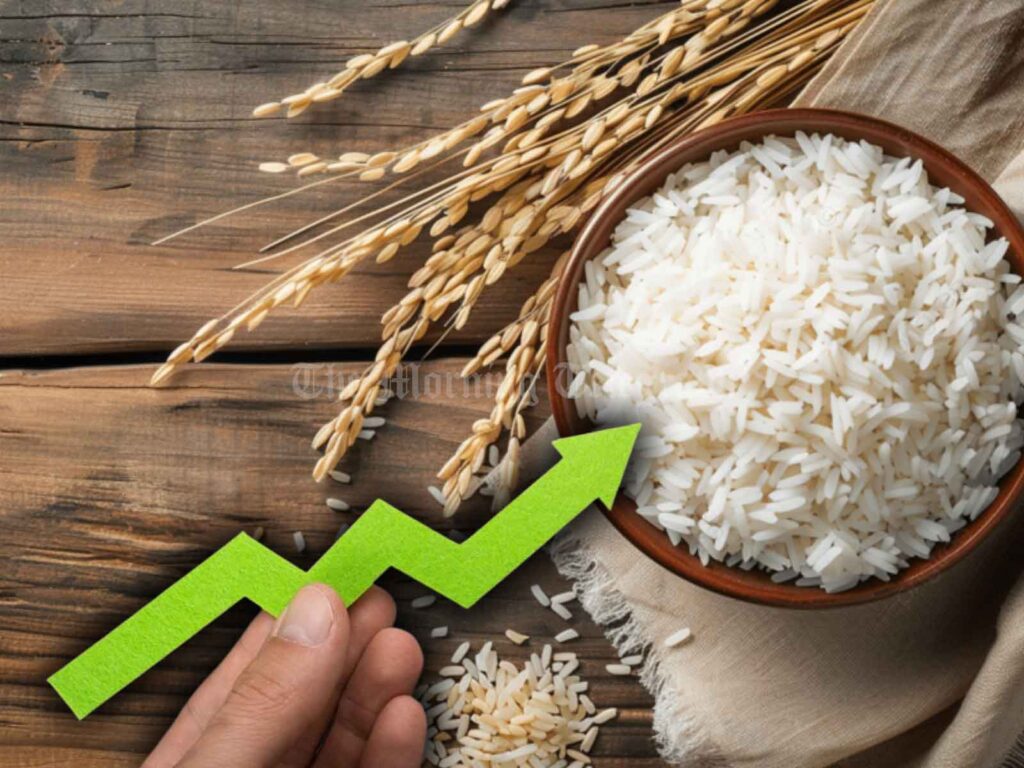
According to the Hector Kobbekaduwa Agricultural Research and Training Institute (HARTI), there is no risk of a rice shortage, as both the 2024 Yala and Maha harvest seasons yielded a surplus. However, despite the ample supply, rice prices have risen, impacting consumers. In a recent press conference, HARTI Director Professor A. L. Randika attributed this price hike to minimal government intervention in paddy purchasing, which has allowed traders to set higher prices.
Professor Randika also highlighted a key factor often overlooked in pricing: rice by-products. While calculating rice prices, traders typically only consider the rice itself, ignoring by-products like rice powder, husk, and bran, which also hold significant market value. These by-products generate an estimated additional profit of around 20 rupees per kilogram, yet this added value isn’t reflected in consumer pricing calculations.
Additionally, the scarcity of nadu rice, a popular variety, has further pressured prices, leaving consumers with fewer affordable options. HARTI’s analysis suggests that if the government intervened more actively in purchasing paddy, it could mitigate price spikes and offer some relief to consumers amidst a surplus production year.




